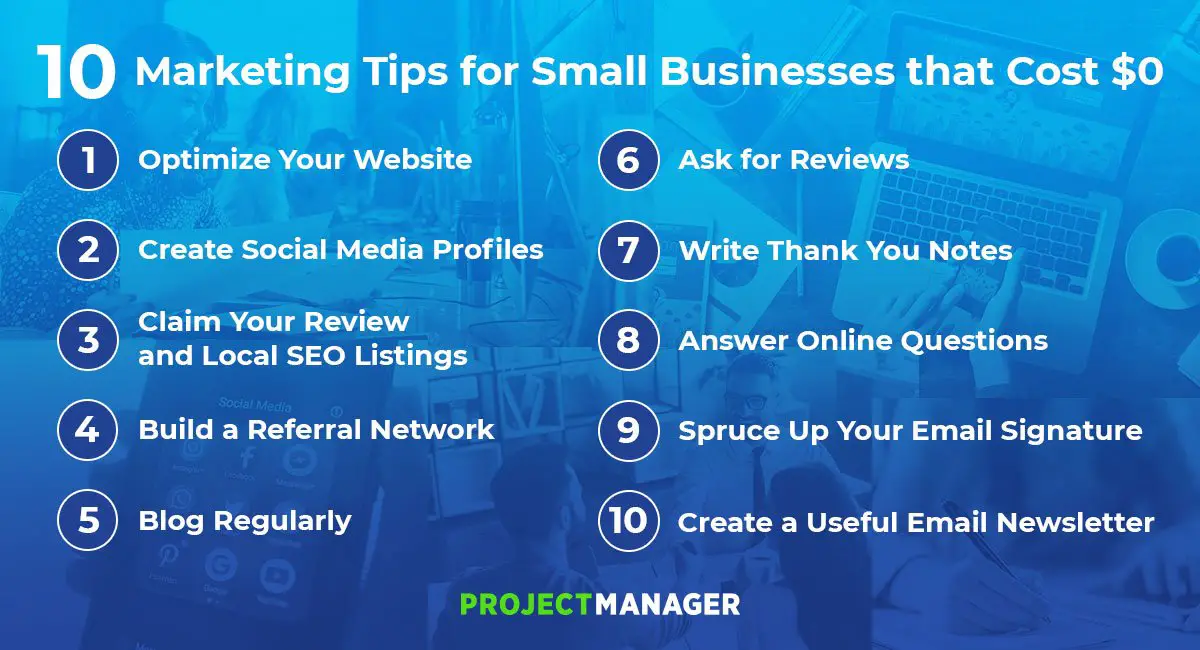Using Direct Response Marketing
Direct response marketing is a common strategy used in business as a method of reaching potential customers. Direct response marketing is not to be confused with direct marketing, which is a slightly different strategy. While direct marketing simply involves businesses identifying niche markets and using different methods to promote their products to those groups, direct response marketing places the ball in the consumer's court, creating an attractive offer and waiting to see who responds. Rather than taking the extra effort employed in the direct marketing method, those using direct response marketing make use of niche marketing in a slightly smaller way, leaving the bulk of the work in the advertising itself instead of the identification of customers and initiating direct contact. In other words, direct marketers focus a large portion of their money and efforts identifying who to target while those using direct response marketing spend much more time figuring out how to target these customers, meaning putting together attractive advertisements.
While niche marketing is used as a large portion of the strategy in direct marketing, direct response marketers use niche markets in a different way. Rather than identifying specific potential consumers and attempting to contact them directly, direct response marketers identify a large demographic of prospective customers and advertise to the group as a whole.
The classic example of response marketing is the use of infomercials or informative commercials on television as well as some shorter advertisements. In this situation, niche markets are useful in identifying a particular demographic that is likely to be watching a certain program or channel at a certain time. The marketer then takes advantage of this information and advertises a particular product at a strategic time and location, attempting to reach an audience that is likely to be interested. Some who utilize the direct response strategy does not even bother to identify niche markets beforehand. Examples are infomercials that are played late at night, advertising products that are not especially related to a certain channel.
Most essential in direct response marketing is the specific offer made to the consumer and the clear contact information given to allow the customer to respond directly to the advertisement. Commercials in between television shows, for example, usually advertise for a specific product but do not often provide special offers or contact information to use to buy the product. In this case, the burden lies with the interested consumer to take the initiative to research the product and find a place to purchase it. Direct marketing is a much more effective strategy. Often, in a customer's search to purchase your product, he or she may stumble upon a similar product by a different company and purchase it instead or may not end up purchasing any product at all after later forgetting about the advertisement. Direct marketing eliminates these worries. In a direct response advertisement, the marketer advertises a very specific product or service for a set price and provides a call to action and an opportunity for those interested to respond. For example, a company would place a television ad advertising the features of their sixteen-ounce bottle of household cleaning solution for ten dollars and give a phone number or website address for viewers to visit to purchase this specific product






